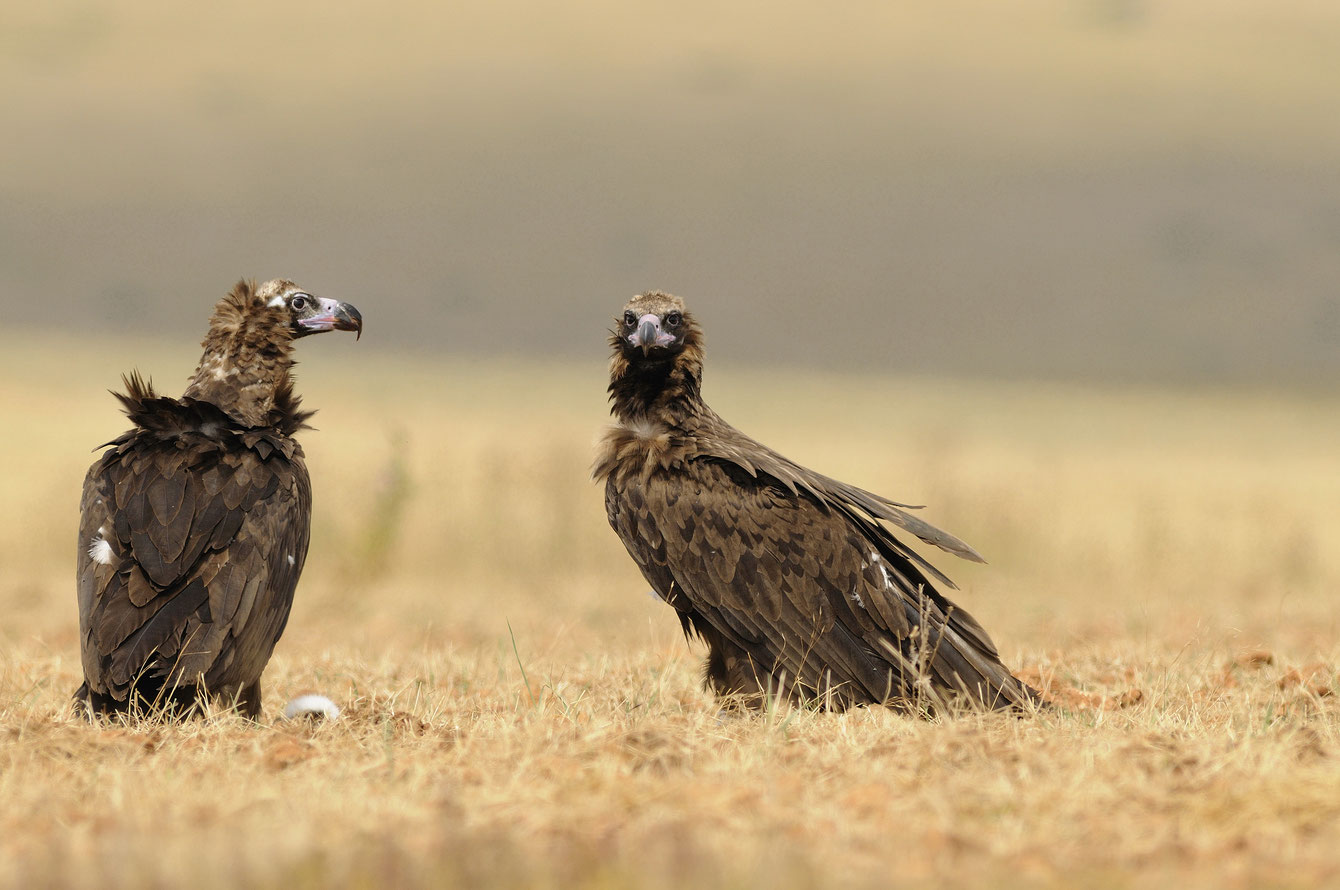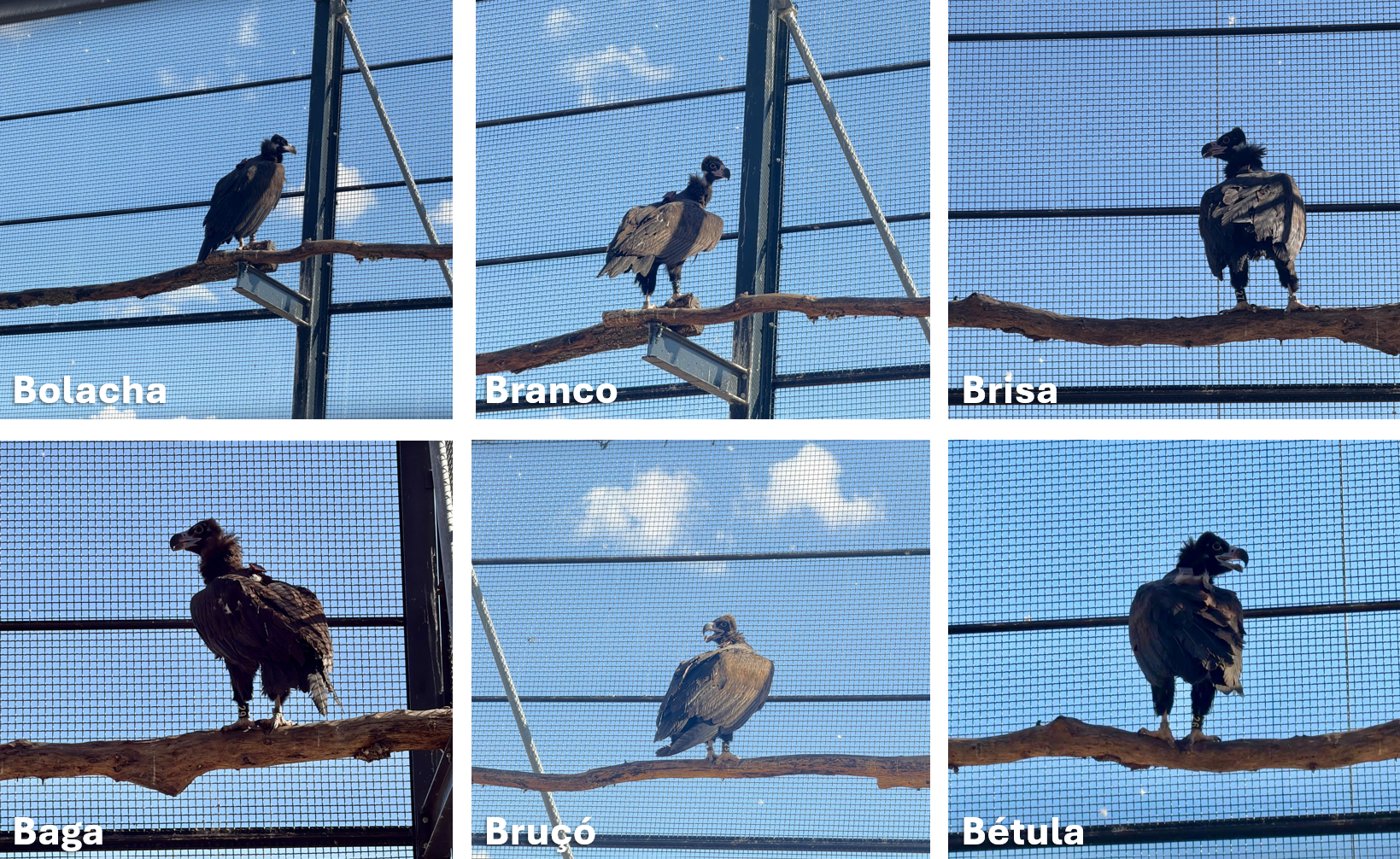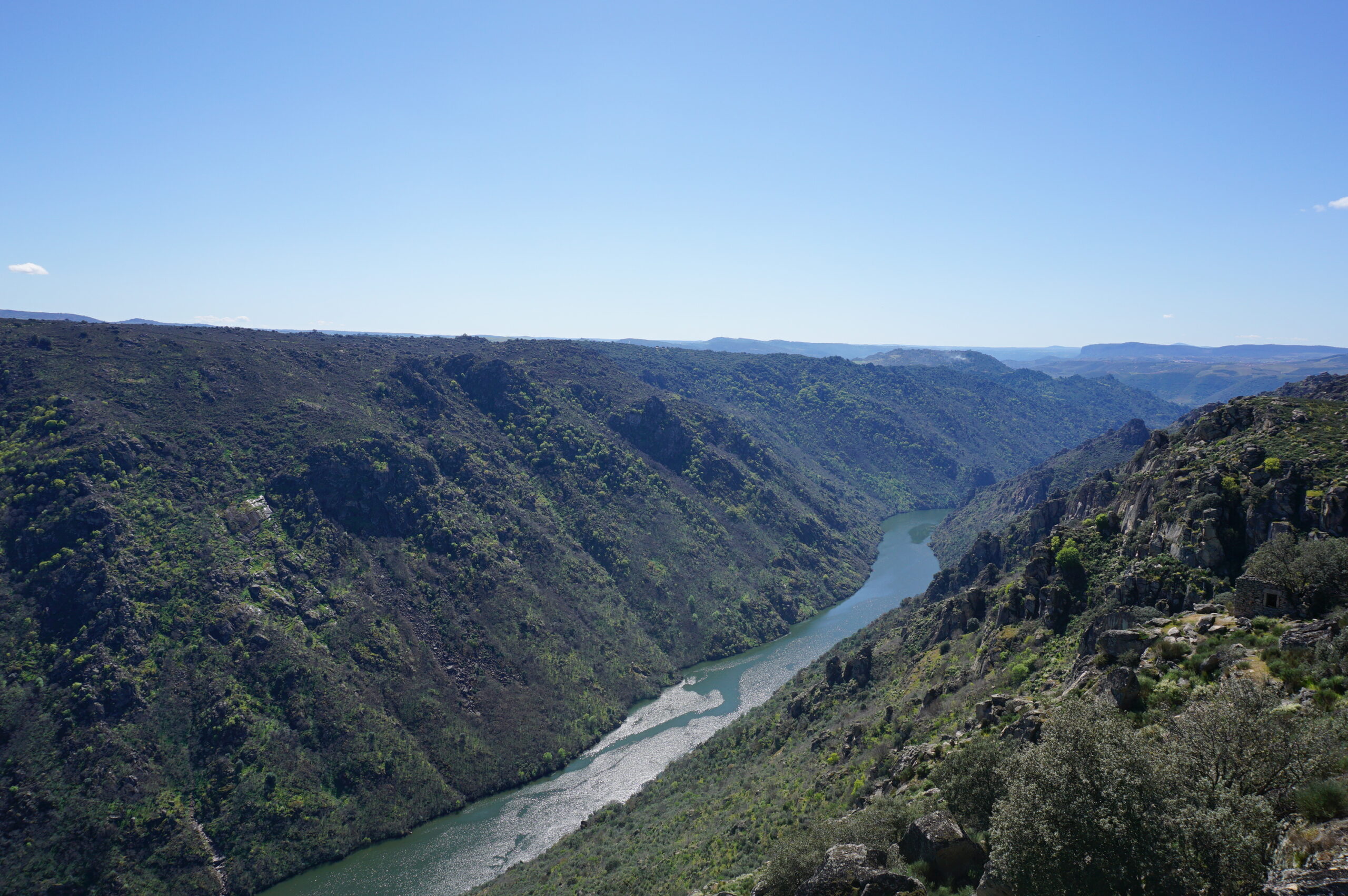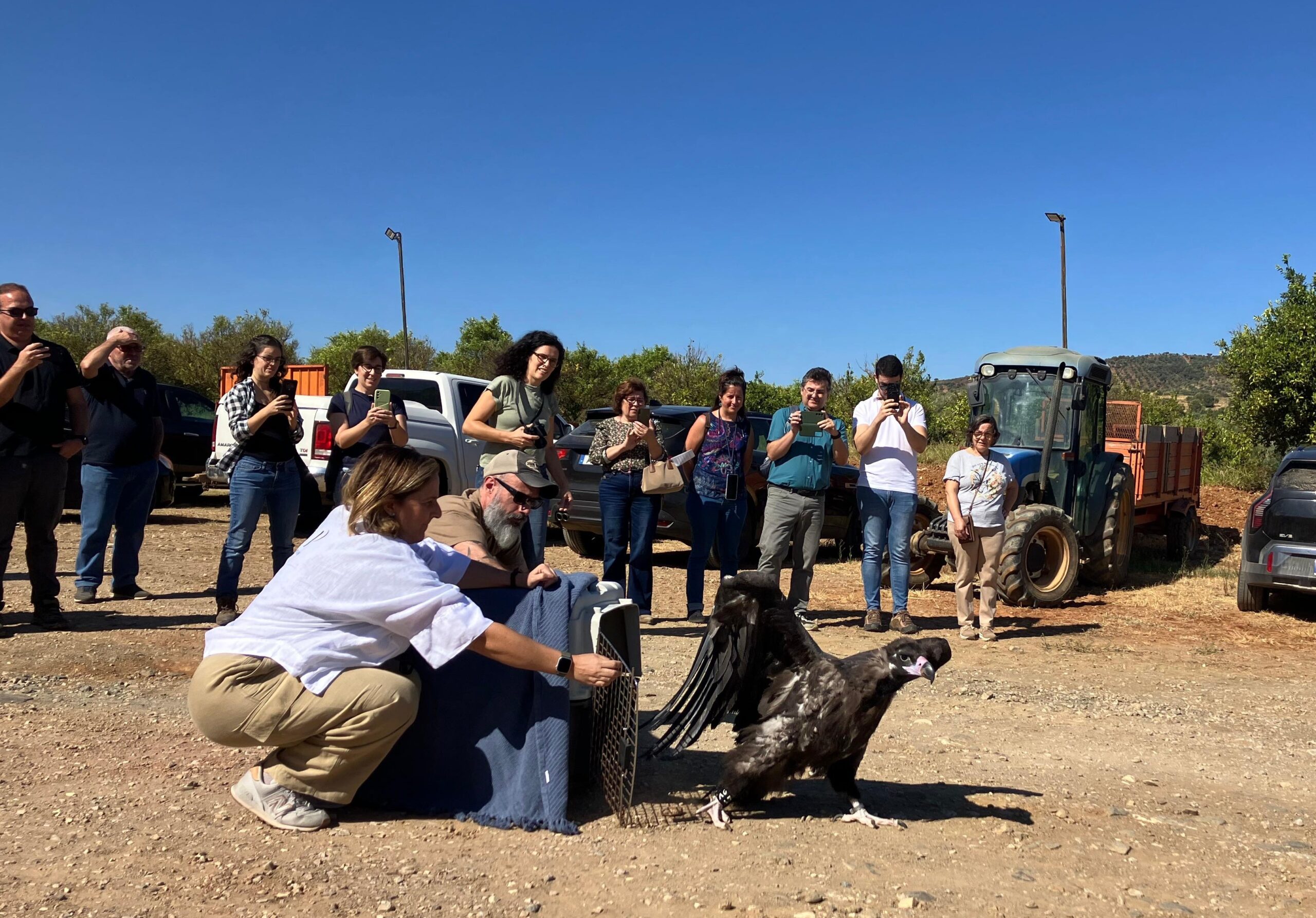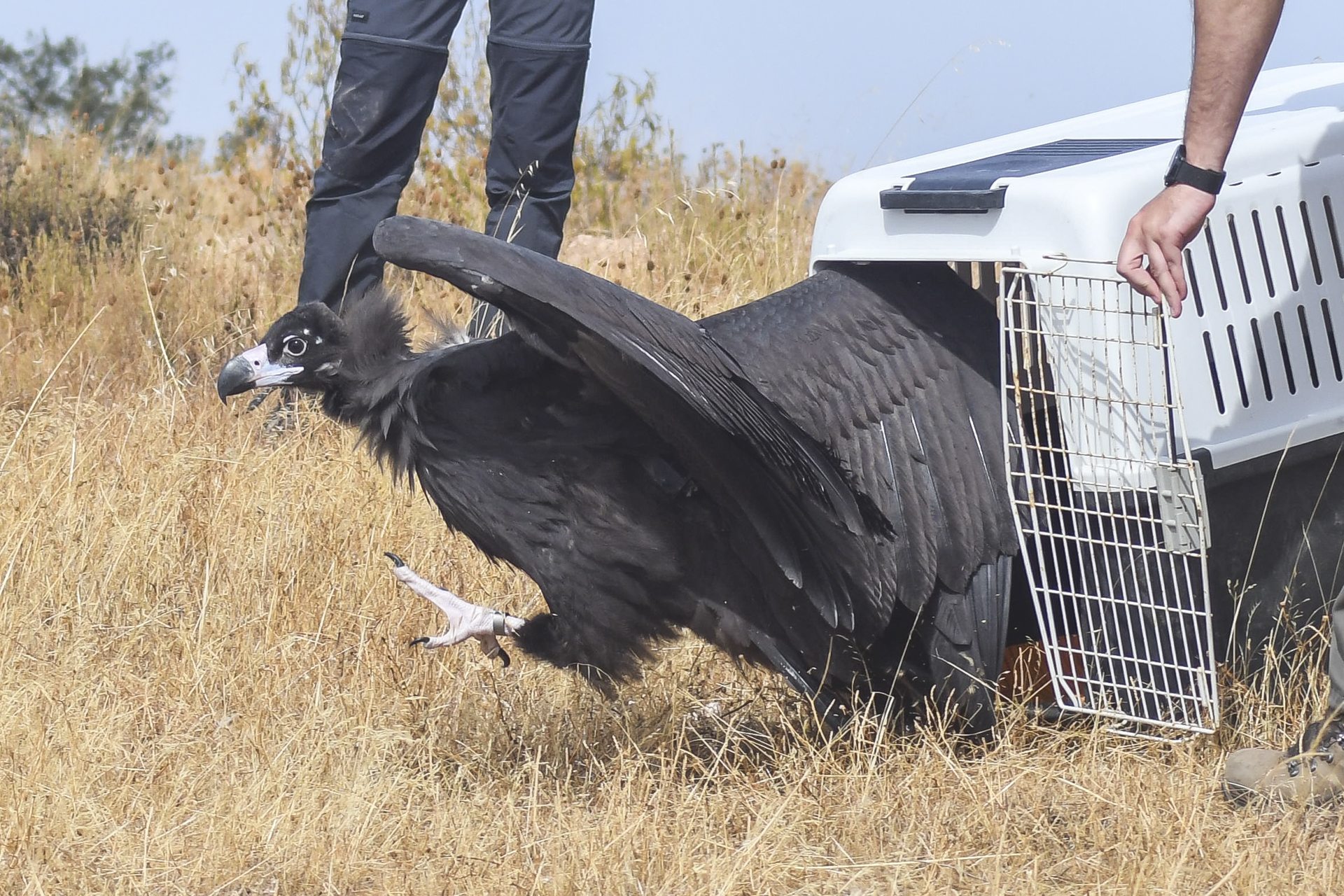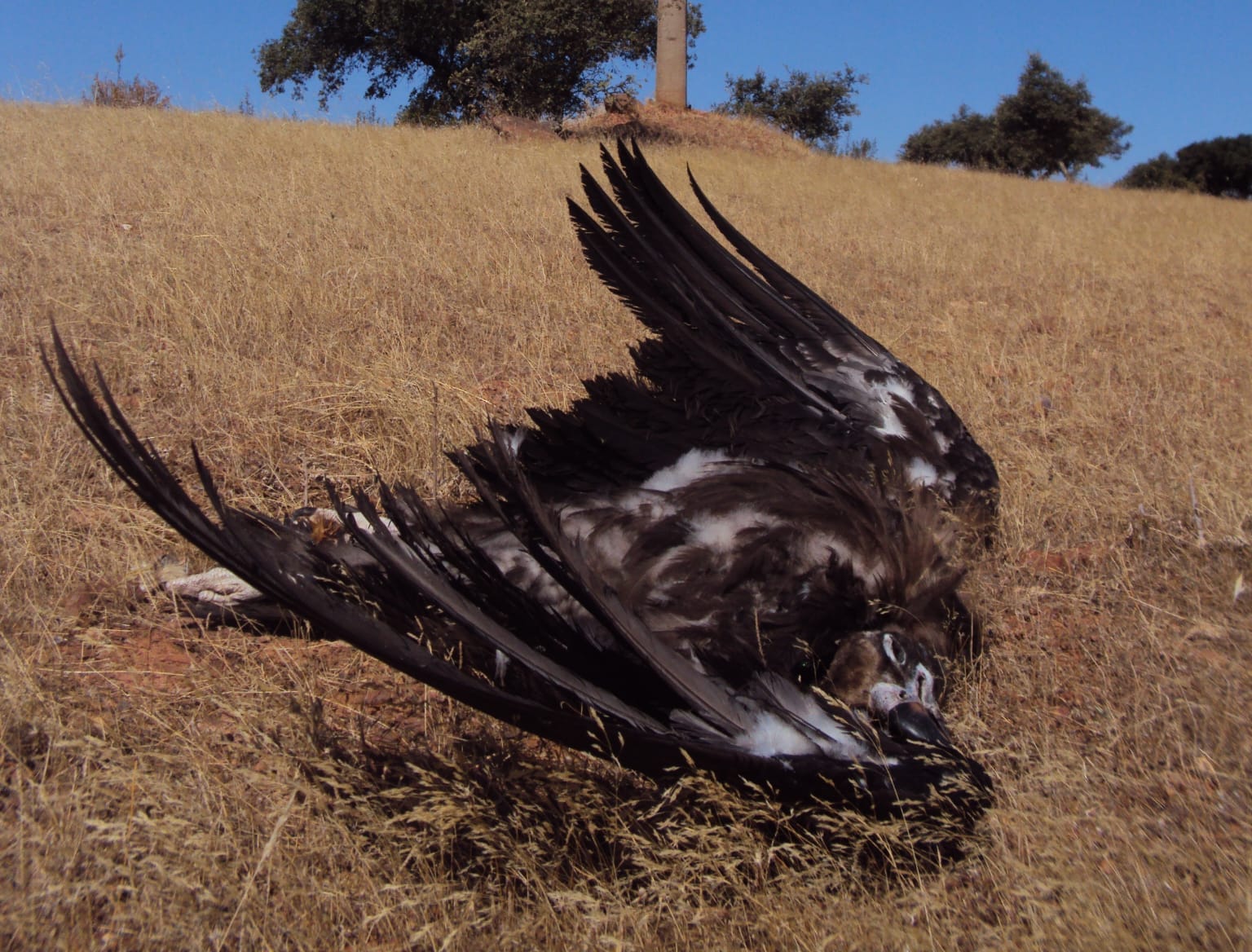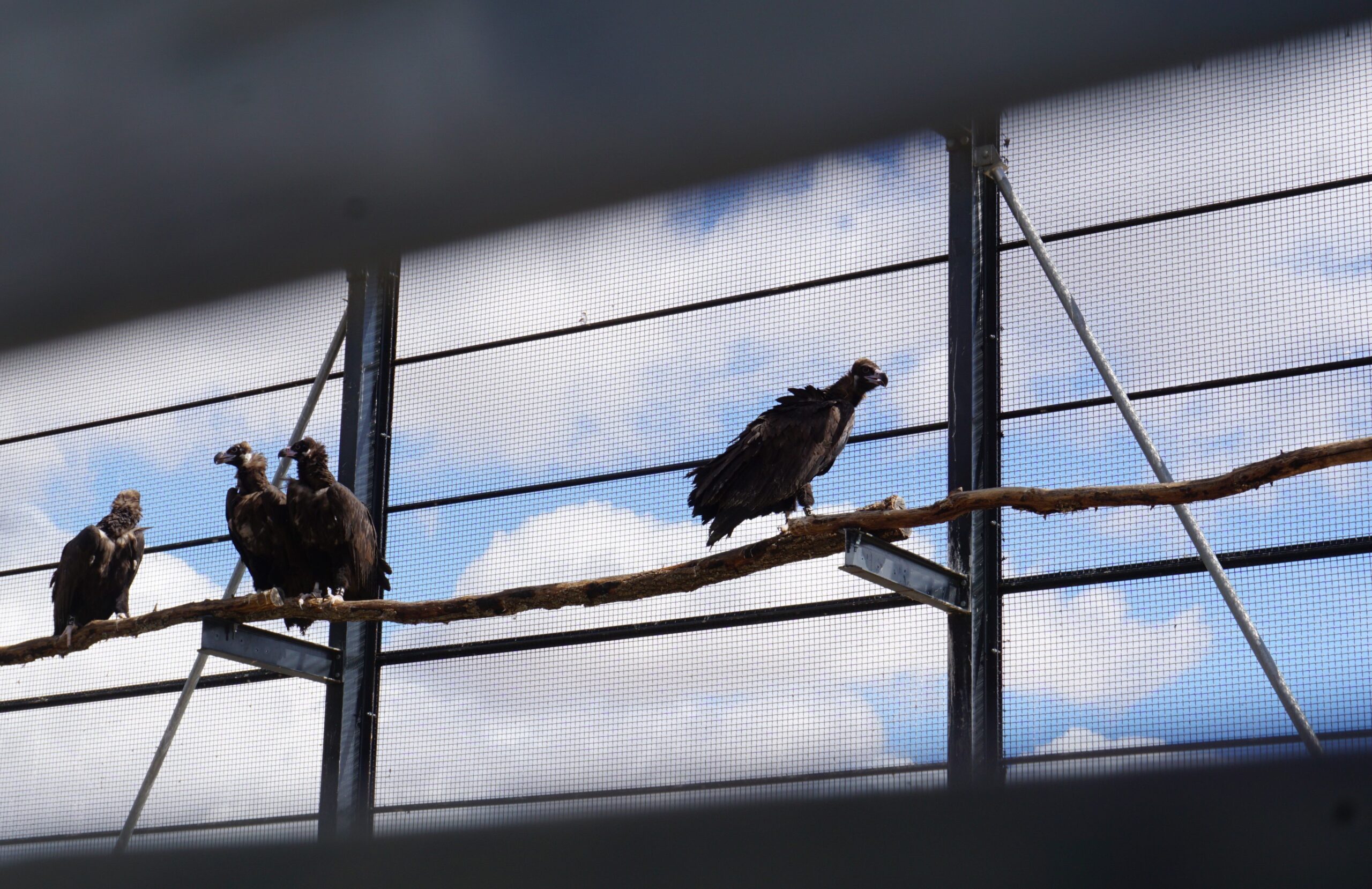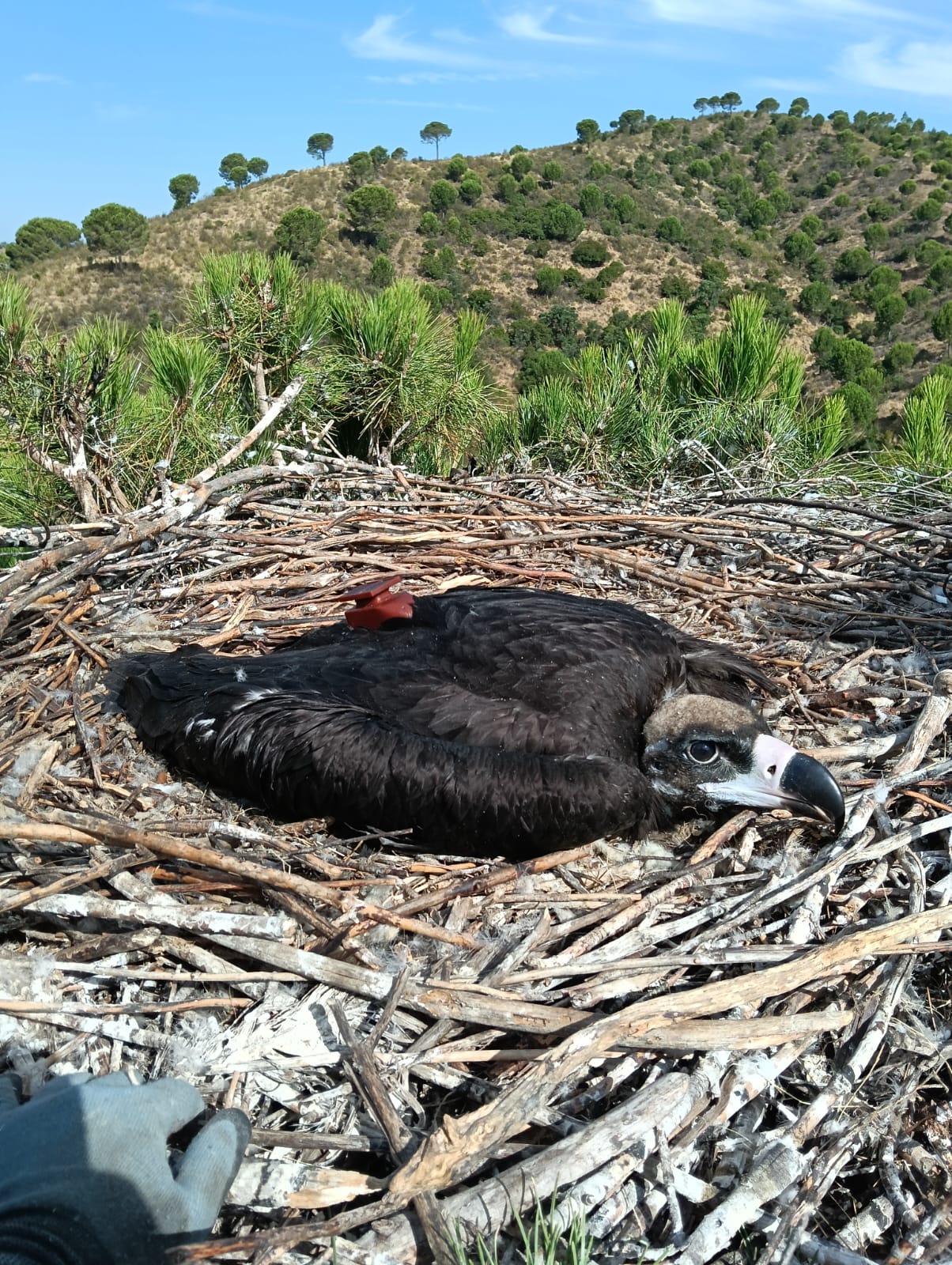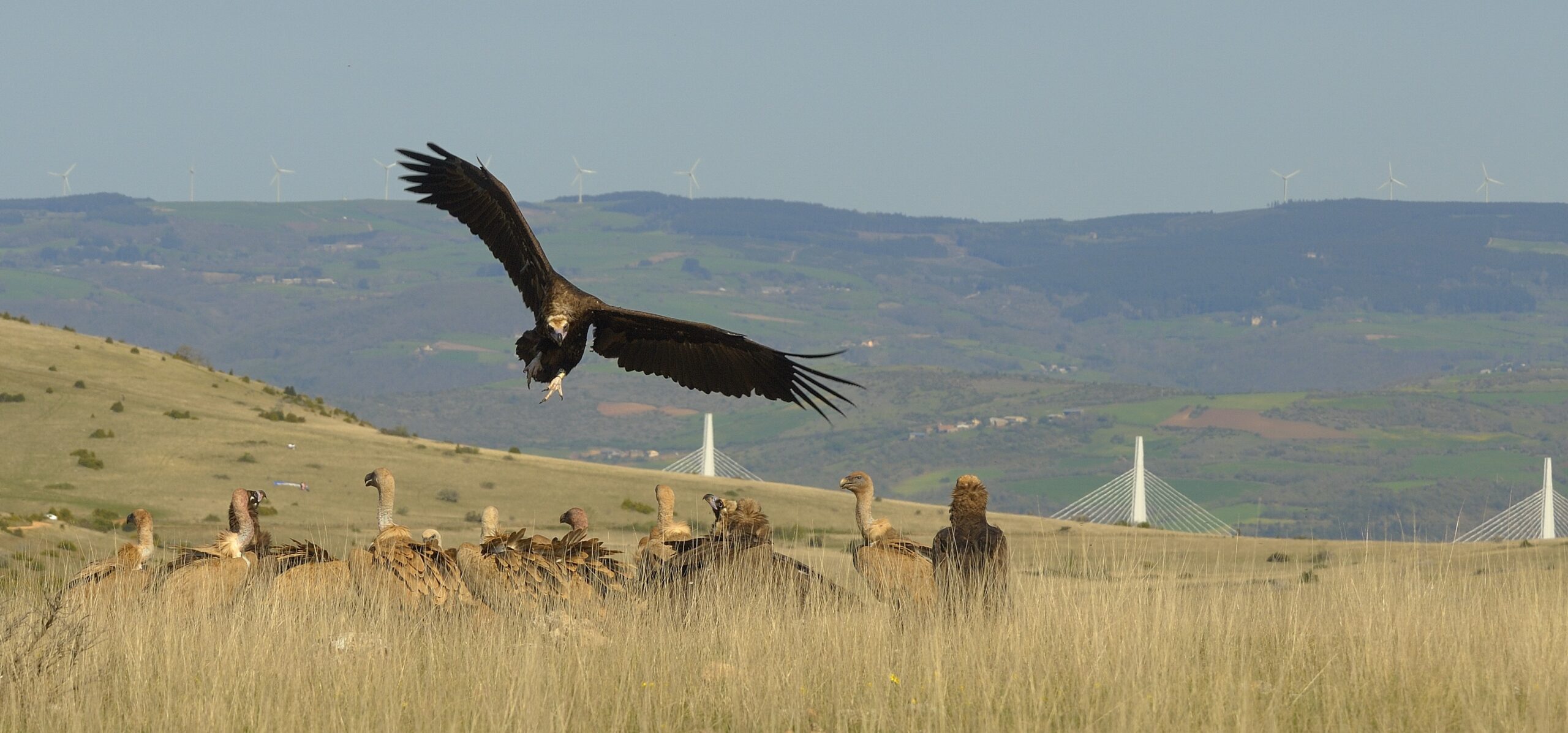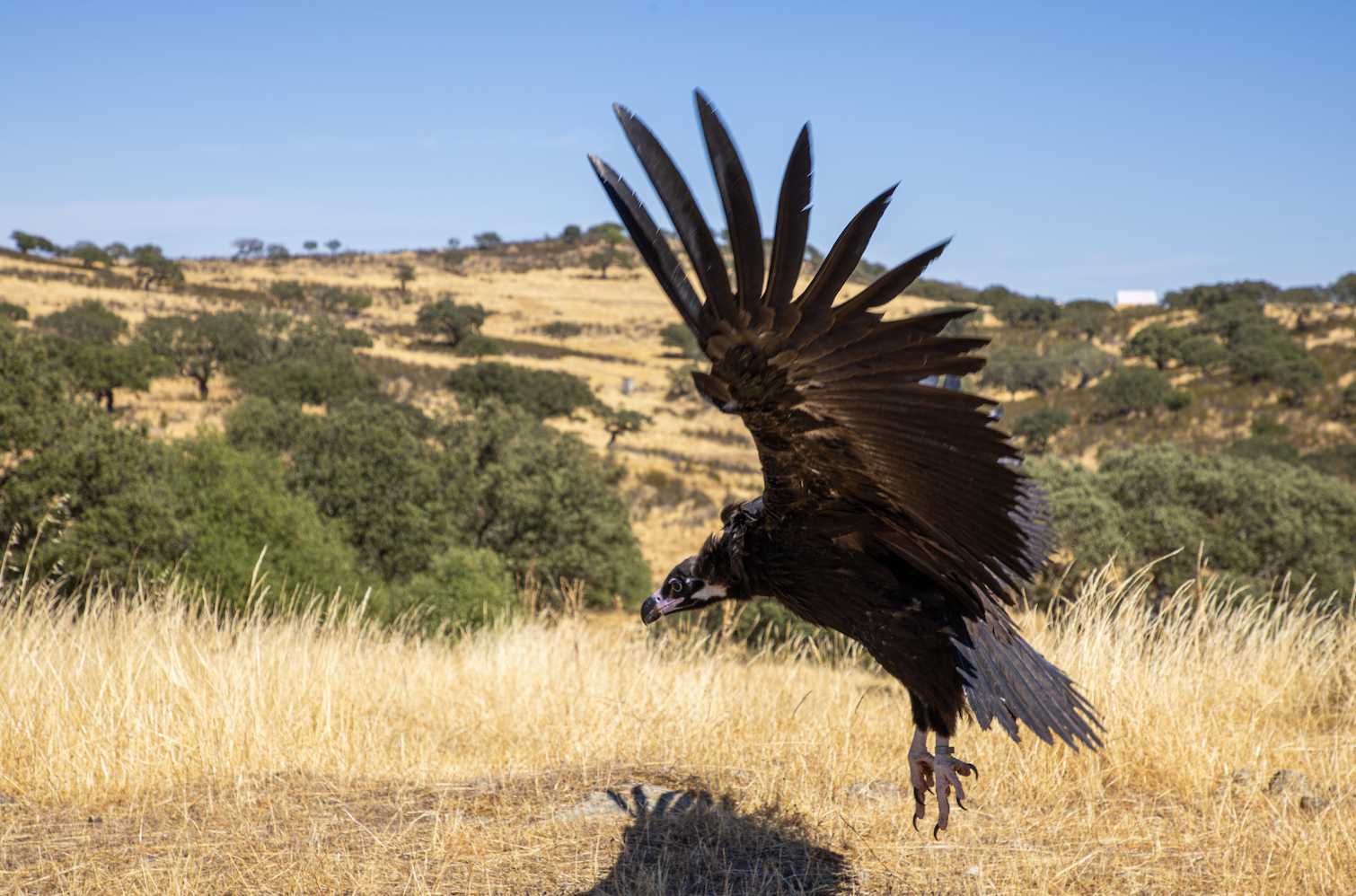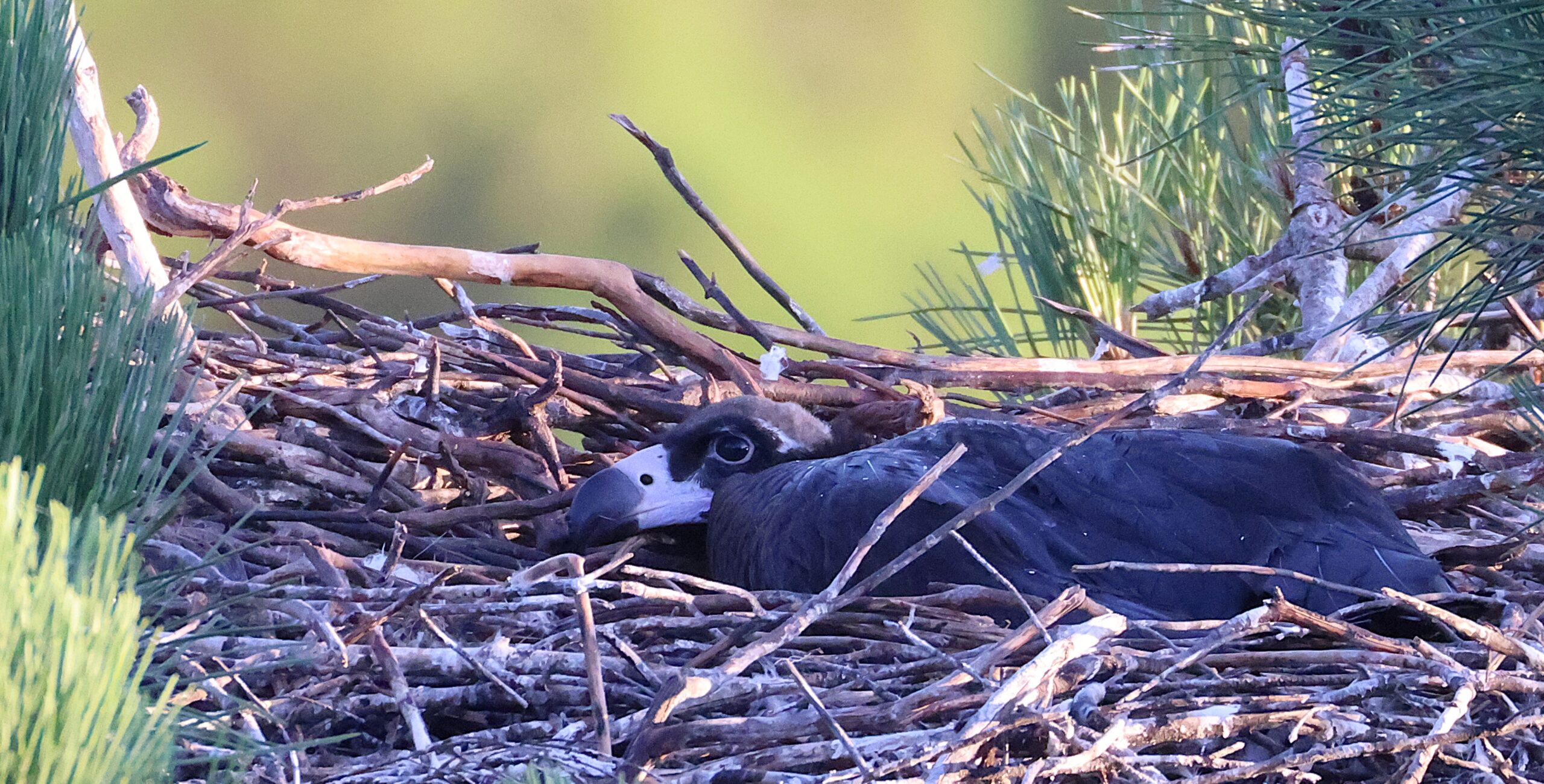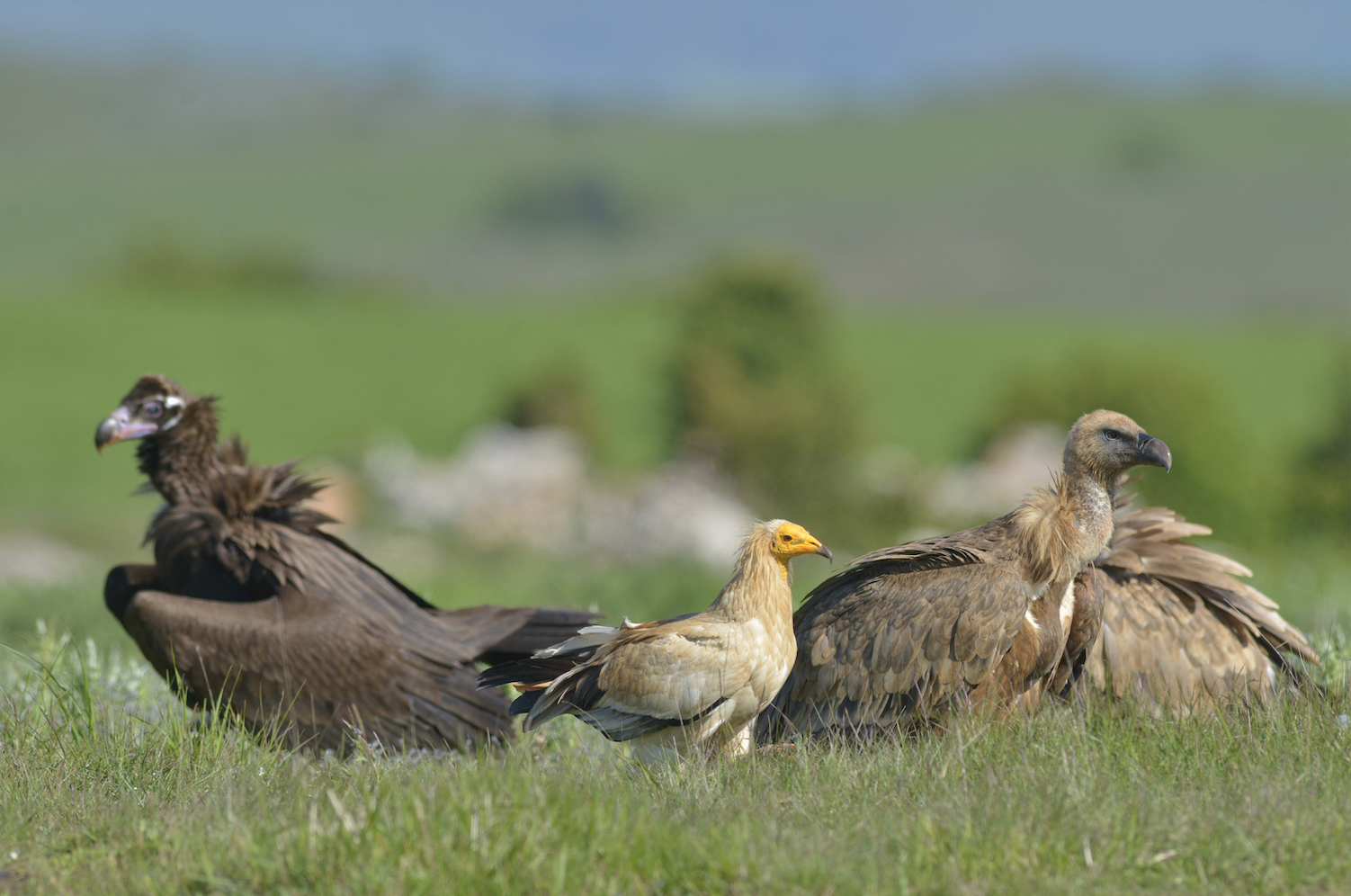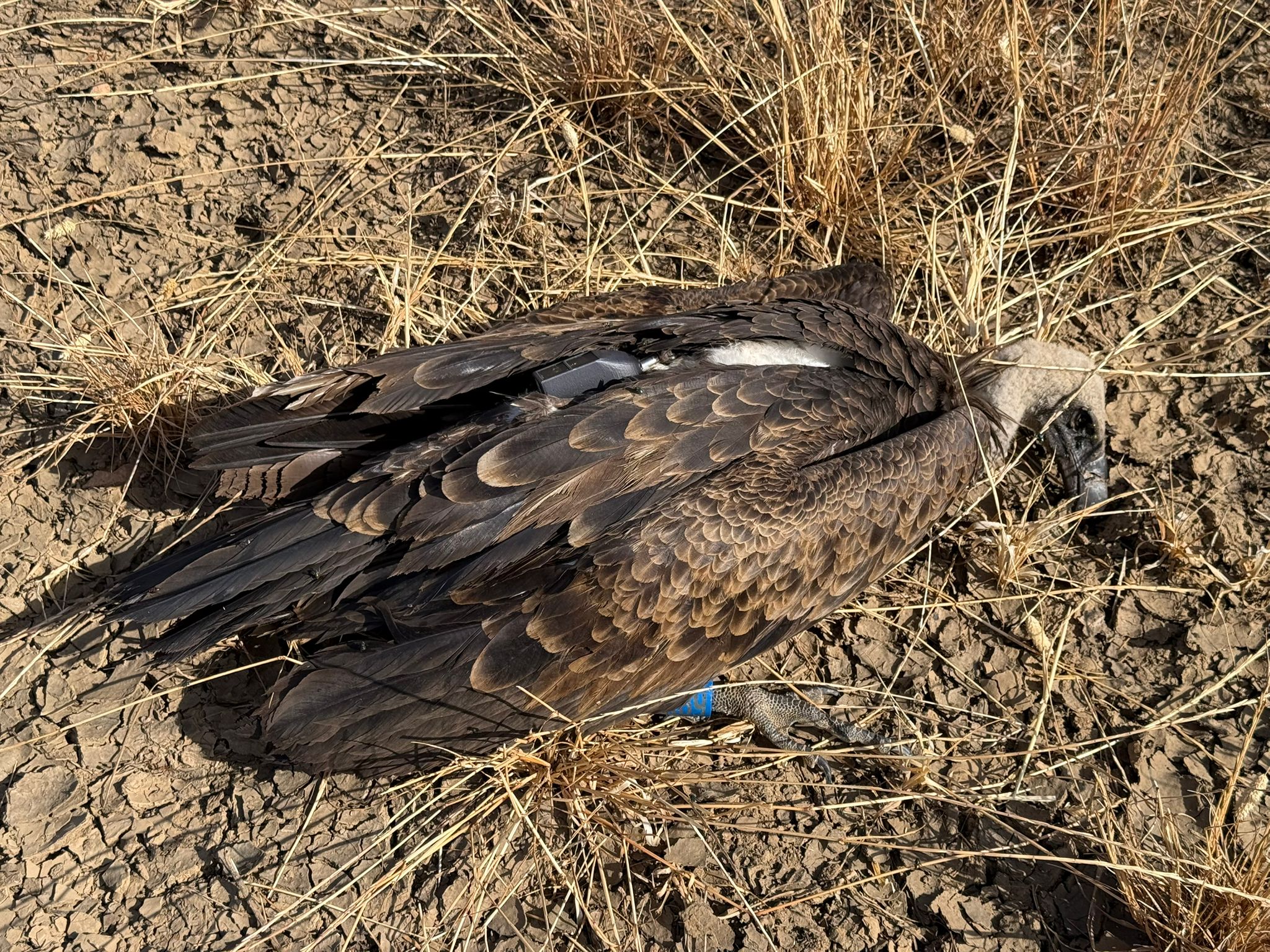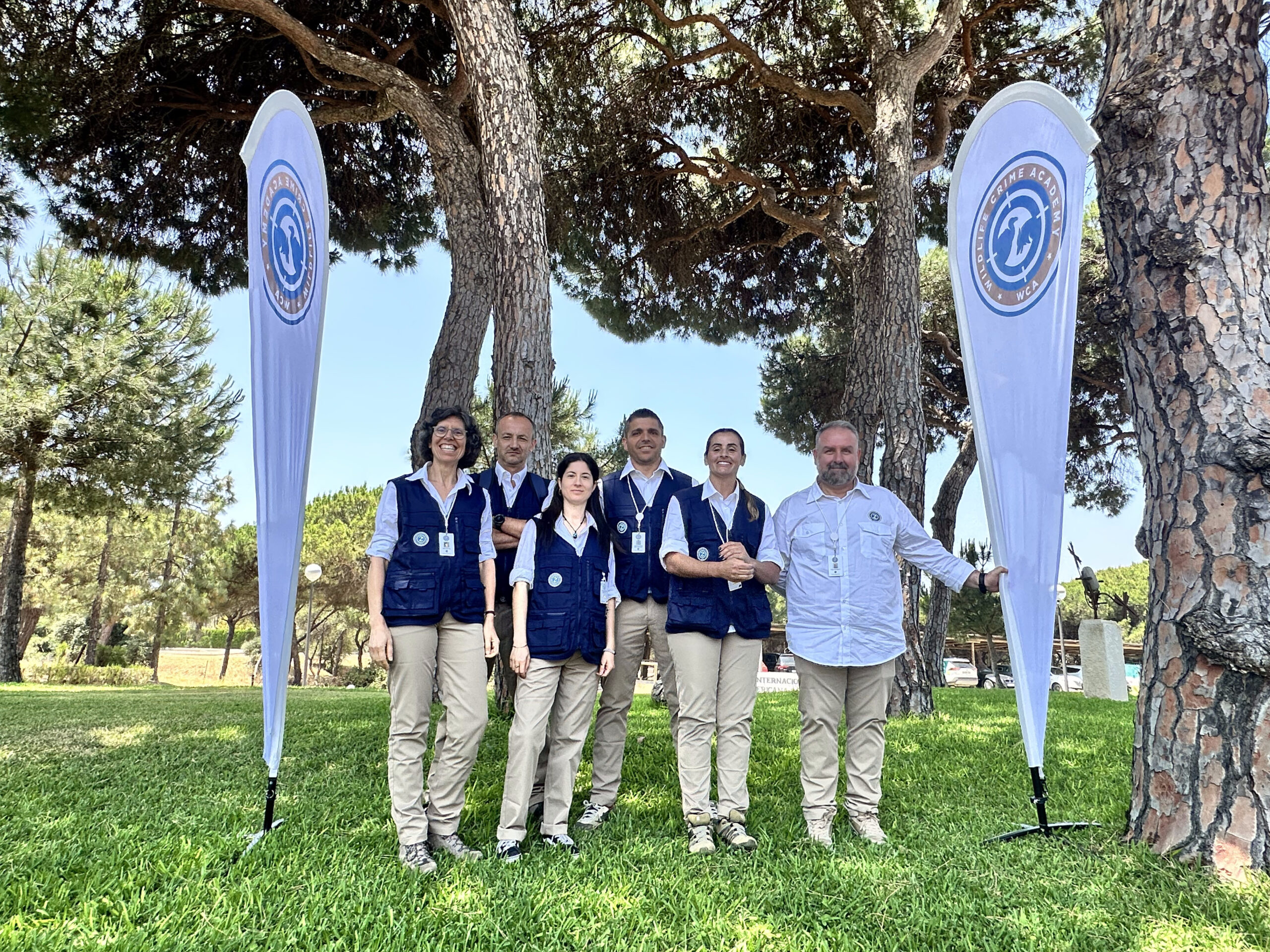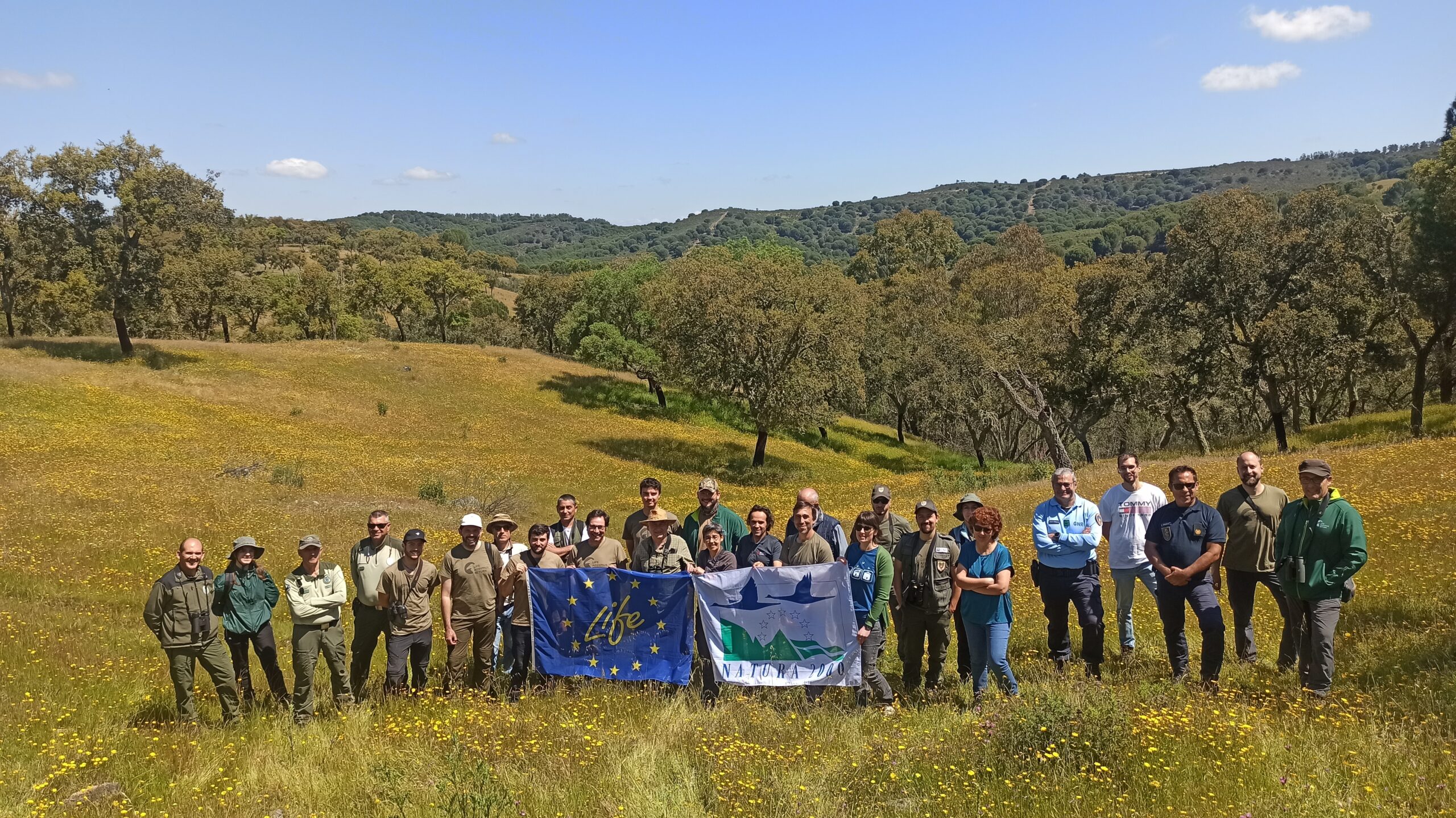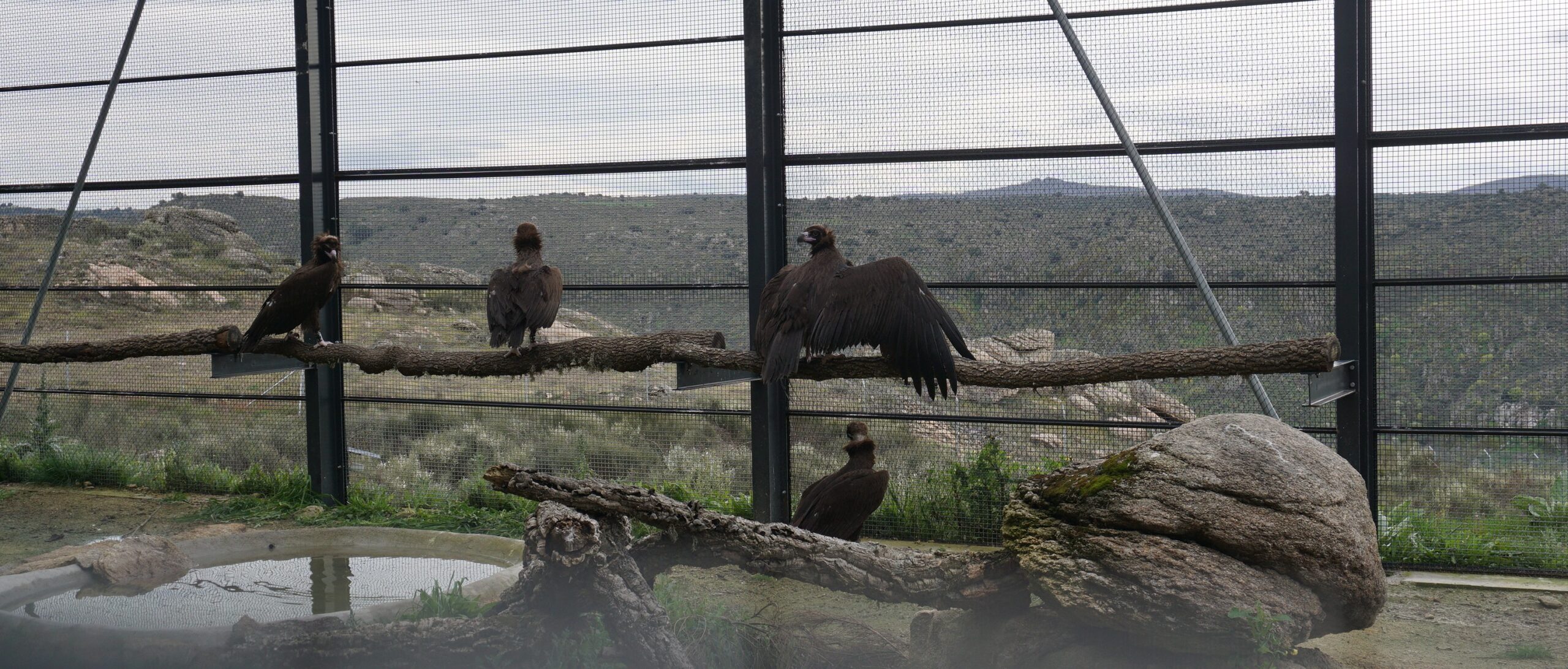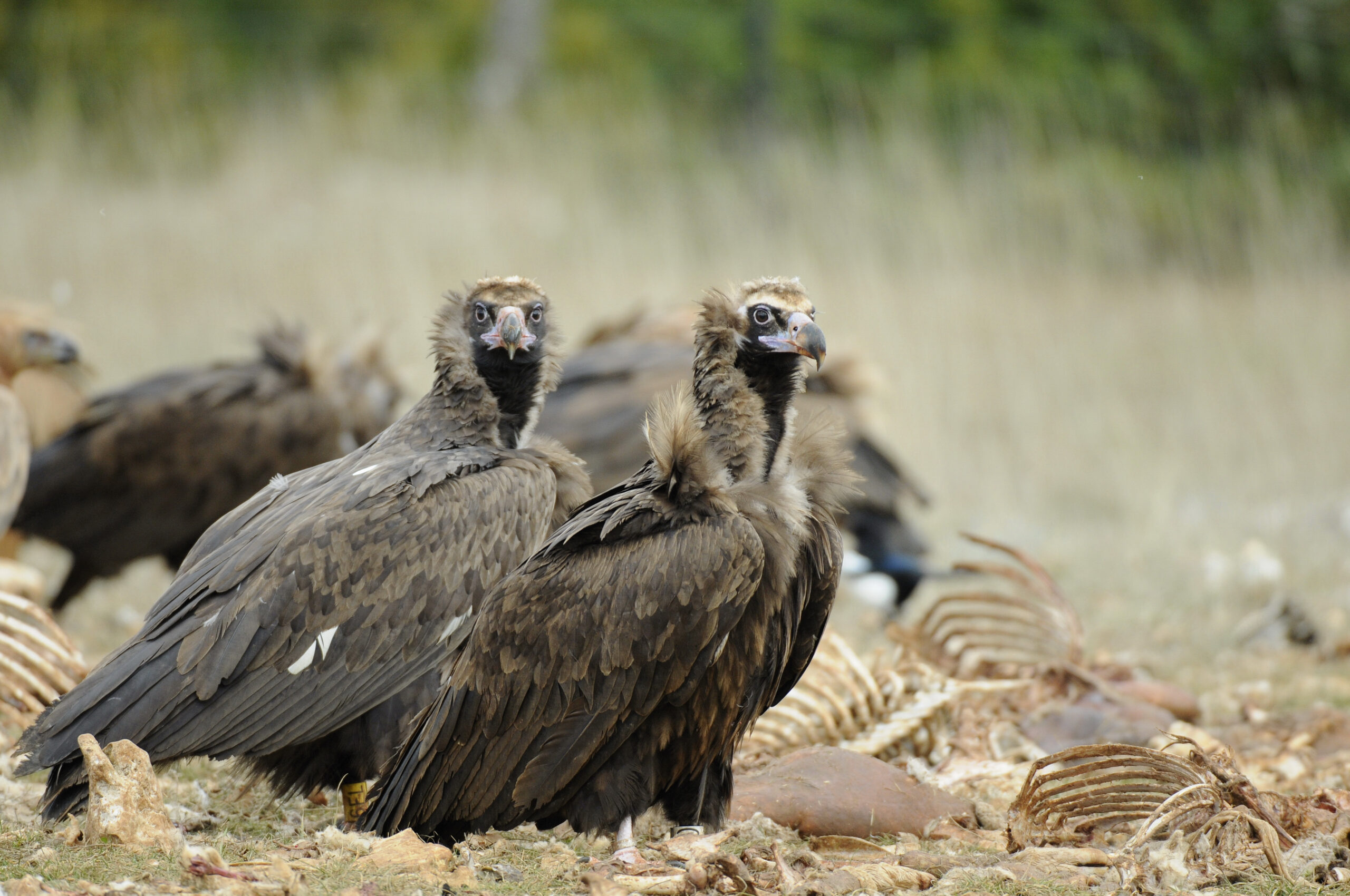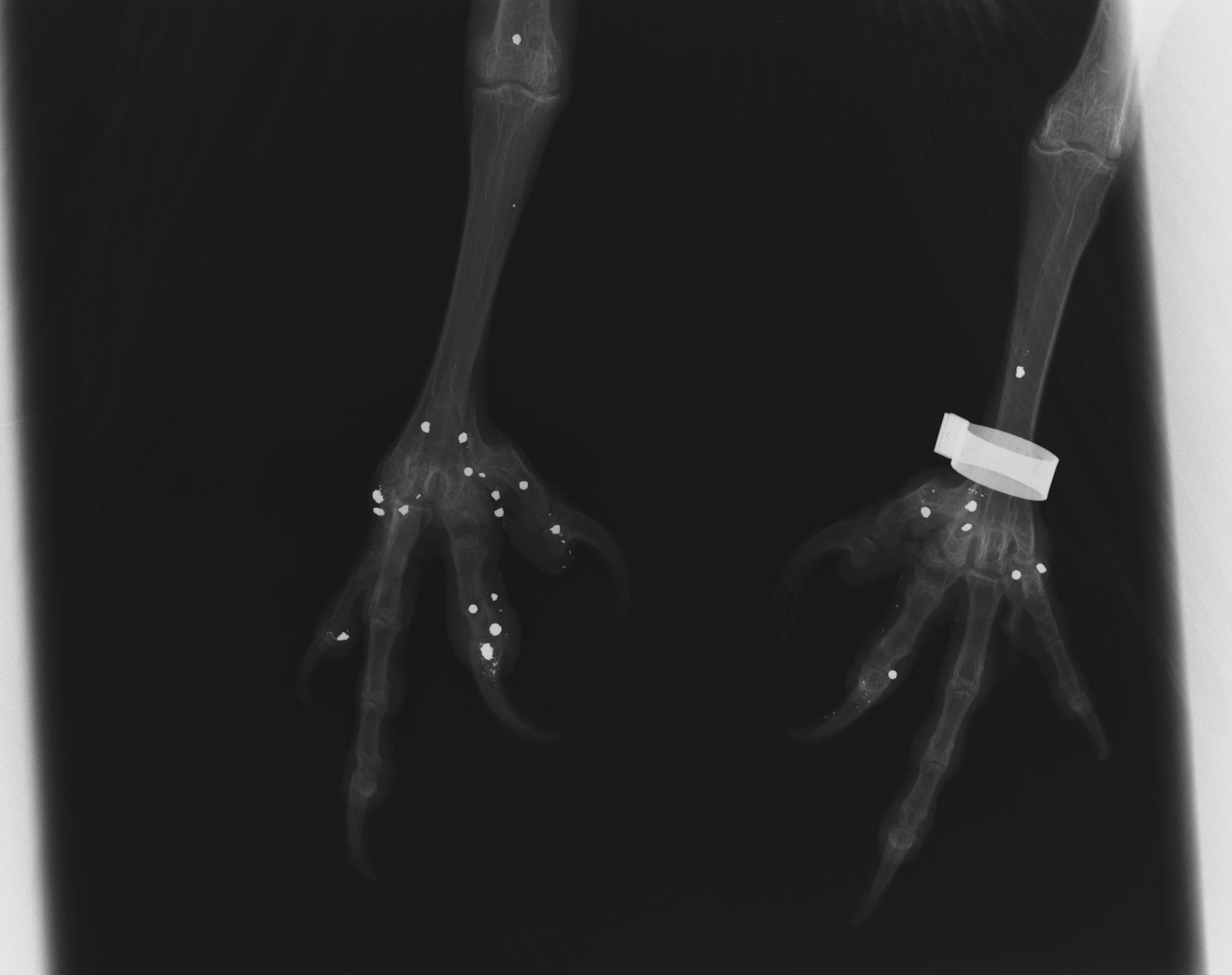projeto LIFE Aegypius Return
Consolidar e expandir a população de abutre-preto em Portugal e no oeste de Espanha
O abutre-preto em Portugal e Espanha ao longo dos anos
Século 20
Outrora uma ave comum na Península Ibérica, ao longo do século XX o abutre-preto tornou-se cada vez mais escasso, devido à perda de habitat, ao envenenamento ilegal e à perseguição direta.Década de 1970
A espécie está em apuros. A população reprodutora de abutre-preto extinguiu-se em Portugal e apenas cerca de 200 pares restavam em Espanha, em 1973.Do final da década de 1980 em diante
O número de abutres-pretos começa a recuperar em Espanha, após a implementação de proteção legal e medidas de conservação específicas.2010
Quatro décadas após a sua extinção, o abutre-preto recolonizou naturalmente Portugal, quando aves de colónias espanholas próximas começaram a nidificar no país, graças à expansão da população em Espanha e após ações de conservação terem melhorado as condições para as aves necrófagas em Portugal.2022
O número de casais de abutres-pretos aumentou para 40 em Portugal, mas a população e as colónias de reprodução continuam frágeis e o processo de recolonização é demasiado lento e limitado. É necessária uma acção urgente.O LIFE Aegypius Return iniciou em 2022 para consolidar, potenciar e acelerar o regresso do abutre-preto em Portugal e no oeste de Espanha, através de uma abordagem transnacional e multidisciplinar.
Objetivos e Âmbito
O objetivo a longo prazo do projeto é garantir um estado de conservação favorável para o abutre-preto em Portugal.
OBJETIVOS DO PROJETO

Duplicar a população reprodutora em Portugal de 40 para 80 casais

Aumentar o sucesso reprodutor

Baixar o estatuto de conservação nacional de Criticamente em Perigo para Em Perigo

Melhorar a conectividade entre colónias
Ações
A equipa do projeto esforça-se por alcançar os objetivos do projeto, melhorando o habitat e as condições de alimentação do abutre-preto, reforçando a população, limitando as ameaças e desenvolvendo capacidades nacionais em dez sítios Natura 2000 ao longo de quase toda a fronteira entre Espanha e Portugal.
Financiador e Parceiros
O projeto LIFE Aegypius Return é cofinanciado pelo Programa LIFE da UE Programa LIFE e tem um orçamento de 3,7 milhões de euros. O seu sucesso depende do envolvimento de todas as partes interessadas relevantes e da extensa colaboração do parceiro coordenador, a
Vulture Conservation Foundation (VCF), com todos os parceiros locais:
Palombar – Conservação da Natureza e do Património Rural,
Herdade da Contenda,
Sociedade Portuguesa para o Estudo das Aves,
Liga para a Protecção da Natureza,
Associação Transumância e Natureza,
Fundación Naturaleza y Hombre,
Guarda Nacional Republicana e Associação Nacional de Proprietários Rurais e
Associação Nacional de Proprietários Rurais Gestão Cinegética e Biodiversidade.
Cinereous vultures and friendship: unlikely bonds in LIFE Aegypius Return
Novembro 3, 2025
In Portugal, the LIFE Aegypius Return project has been tracking the movements ...
Read More →
Six Cinereous Vultures (soft) released back to the wild in Douro Internacional
Outubro 31, 2025
The soft release programme in LIFE Aegypius Return brings hope for the ...
Read More →
Cinereous Vultures conservation work in Douro Internacional (Portugal) honoured with the “Douro + Sustainable” 2025 Award
Outubro 24, 2025
The NGO Palombar was distinguished with the “Douro + Sustainable” 2025 Award, ...
Read More →
Fight against wildlife crime highlighted at the 1st Conference on Toxic Substances in a Forensic Context, organised by the Judiciary Police in Portugal
Outubro 20, 2025
Several partners from the LIFE Aegypius Return project took part in the ...
Read More →
Pousio: gunshot Cinereous Vulture survived and is back in the skies of Serra do Mendro, Portugal
Outubro 2, 2025
A long recovery required three rehabilitation centres and several veterinary interventions Firstborn ...
Read More →
Nest fall, recovery and impressive first flight – Meet the Cinereous Vulture Charneco
Setembro 30, 2025
A Cinereous Vulture chick was rescued, recovered and returned to the wild ...
Read More →
Two Cinereous Vultures electrocuted on power lines in Tejo Internacional, Portugal
Setembro 23, 2025
Following the identification of several cases of bird mortality by electrocution in ...
Read More →
Donations ensure the return of Cinereous Vultures to the acclimatisation station in Douro Internacional, Portugal
Setembro 18, 2025
Keep supporting to protect this species from extinction and help us reach ...
Read More →
Strategic Cinereous Vulture colony in southern Portugal under serious threat
Setembro 15, 2025
In June 2024, the fifth breeding colony of the Cinereous Vulture was ...
Read More →
Wind energy and safety distances: new guidelines to protect the Cinereous Vulture
Setembro 11, 2025
A new report from the LIFE Aegypius Return project recommends that wind ...
Read More →
A weakened 2025 chick was rescued, rehabilitated, and released back into the wild
Setembro 4, 2025
A juvenile Cinereous Vulture – a 2025 chick – was found in ...
Read More →
Several Cinereous Vulture nests burned in the Douro Internacional Nature Park, in northern Portugal
Agosto 21, 2025
Massive wildfire caused a direct and significant impact on the recovery of ...
Read More →
LIFE Aegypius Return reaches milestone of 50 Cinereous Vultures fitted with GPS/GSM transmitters
Agosto 19, 2025
The mortality rate of the monitored birds stands at 18% and is ...
Read More →
Vultures play an important role in nature… and in the economy!
Julho 25, 2025
By 2048, vultures could contribute more than 18 million euros to the ...
Read More →
Grifo-de-Rüppell encontrado morto no Alentejo
Julho 11, 2025
A Rüppell’s vulture (Gyps rueppelli) was recently found dead near Beja, in ...
Read More →
It’s Cinereous Vulture tagging time!
Julho 2, 2025
GPS/GSM tagging provides essential information for the conservation of the species. In ...
Read More →
Portugal joins international efforts to combat wildlife crime
Junho 24, 2025
Illegal killing, poisoning, trafficking and other wildlife crimes are not only threatening ...
Read More →
All together for the Cinereous Vulture: LIFE Aegypius Return joins partners and stakeholders for the 4th time
Maio 26, 2025
LIFE Aegypius Return partners and Portuguese and Spanish authorities got together in ...
Read More →
Six more Cinereous Vultures join the soft release programme to strengthen the Douro International colony
Março 27, 2025
Last week, a new group of six Cinereous Vultures (Aegypius monachus) joined ...
Read More →
LIFE Aegypius Return unlocks food reinforcement for vultures in southern Portugal
Março 3, 2025
First private unfenced feeding areas for vultures approved at Herdade da Contenda ...
Read More →
Shooting threatens the recovery of the Cinereous Vulture in Portugal: three recently shot birds spark unified condemnation
Fevereiro 26, 2025
Among the victims were two birds tagged with GPS/GSM transmitters as part ...
Read More →

